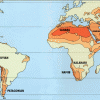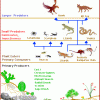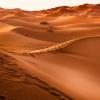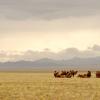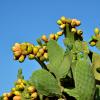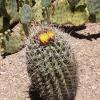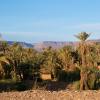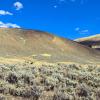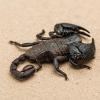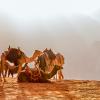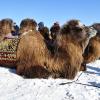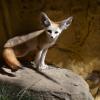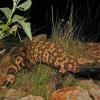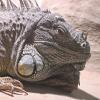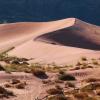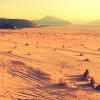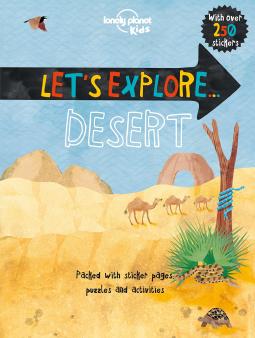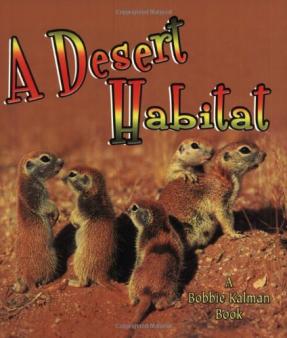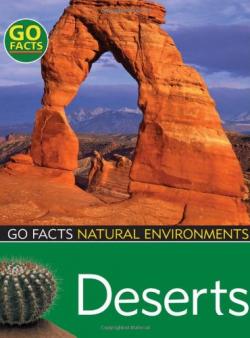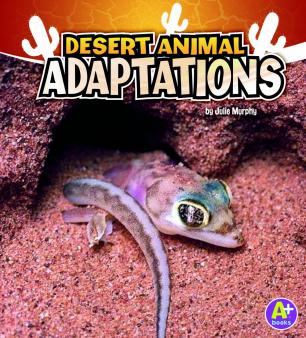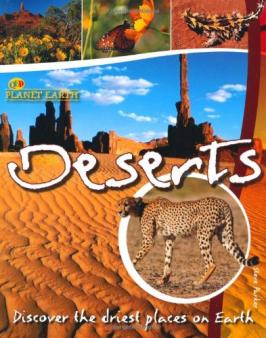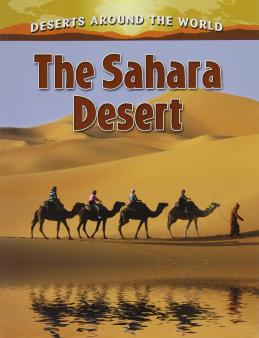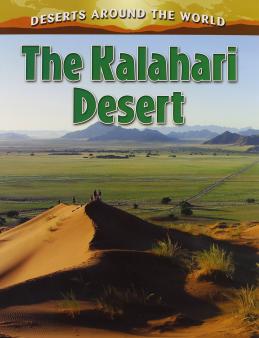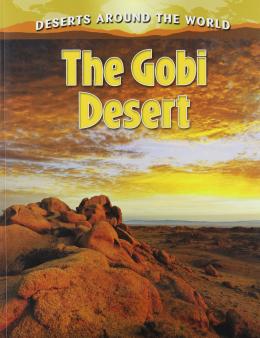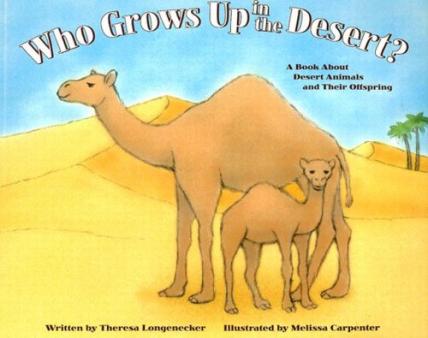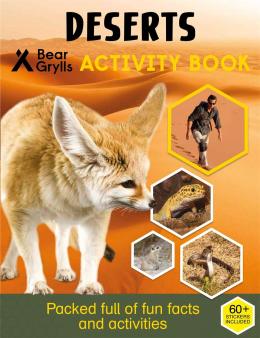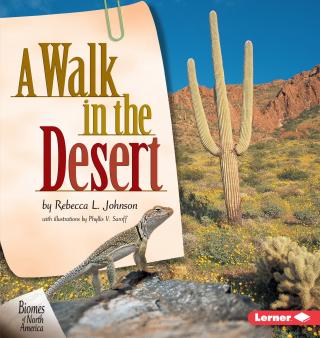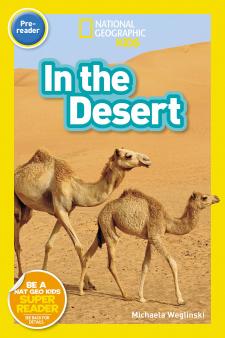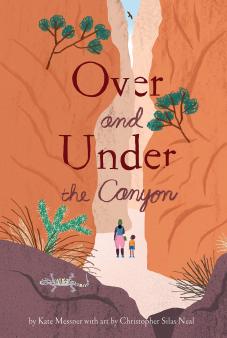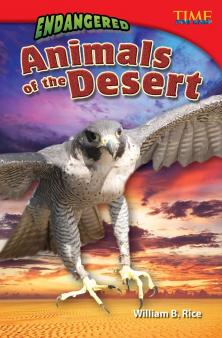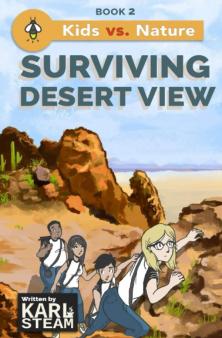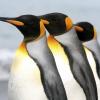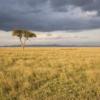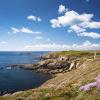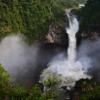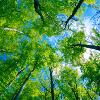Desert habitats
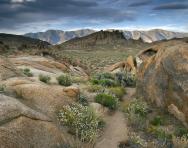
What are desert habitats?
Deserts are places that don’t get much rain, and are very dry. They can be either hot places, or cold places.
Because deserts don’t have much water, animals that live in the desert are able to conserve water and keep their body temperature at the right level. Both plants and animals have adapted to be able to live in the desert.
Top 10 facts
- Land is called ‘desert’ if it gets less than 250mm of rain every year.
- One-third of the land on Earth is covered in deserts!
- Deserts can be in hot or cold.
- The largest hot desert in the world is the Sahara Desert in Africa – it is 9.4 million square kilometres.
- One of the largest cold deserts in the world (the Arctic deserts are the largest) is the Gobi Desert in China, which is 1.3 million square kilometres.
- Even though deserts don’t get much rain, the desert is a habitat for some plants and animals. Each species has adapted to be able to live in a range of temperatures and without much water.
- Temperatures in hot deserts can be up to 40-45°C, and it cools down a lot at nights when the sun sets. It can even get as cold as 0°C at some times during the year. In cold deserts the average lowest temperatures can be well below 0°C.
- Desert landscapes can be found in South America, Africa, the Arabian Peninsula, the United States of America and Australia.
- In deserts, you’ll usually see a lot of open soil and rocks and not much grass or other kinds of plants.
- Animals that live in deserts include lizards, geckos, toads, jackrabbits, camels, snakes, spiders and meerkats.


Boost Your Child's Learning!
- Get a tailored learning plan for your child
- English & maths resources delivered each week
- Interactive & printable activities
Did you know?
- Deserts get less than 250mm of rain every year. We get around 1,000-2,000mm of rain in the UK, so 250mm really isn’t very much at all!
- If you put together all the deserts on the Earth, it makes up around 33% of the Earth’s surface.
- Depending on where on the Earth it is, a desert can be classed as hot or cold. Hot deserts can get very, very hot during the day and especially during the summer, while cold deserts can get extremely cold in the winter. Animals who live in each kind of desert have what they need to handle either very hot or very cold weather.
- The largest hot desert in the world is the Sahara Desert in Africa, and the largest (non-Arctic) cold desert is the Gobi Desert in China. Both the word ‘sahara’ and ‘gobi’ mean desert in the local languages, so they both really have the same name – Desert Desert!
- The driest desert is the Atacama Desert in Chile. It only gets 1mm of rain in an entire year!
- The most common thing you think of deserts having is sand, but deserts sometimes have gravel, large rocks, salt and grass.
- While beaches do have sand, it doesn’t make them desert – they are coastal habitats.
- Plants and animals that live in the desert have had to adapt to the conditions there. This means they either don’t need much water to stay alive or can conserve water very well, and that they can handle very hot and/or very cold temperatures.
Desert habitat gallery:
- A map showing where you’ll find deserts around the world – the darker the orange, the drier the land
- A diagram showing the food chain in desert habitats – what eats what!
- The Sahara Desert
- The Gobi Desert
- Prickly pear cactus
- Barrel cactus
- Palm tree
- Sagebrush
- Scorpion
- Dromedary camel
- Bactrian camel
- Fennec fox
- Gila monster
- Iguana
- Night in the desert
- Pink sand dunes in Utah, USA
- An African desert landscape
Gallery
About
Desert temperatures can be very extreme – hot deserts can be as hot as 40-45°C, but then cool down as far as 0°C at night. This is because there’s nothing on the dry land (like tall trees) that can protect it from heating up when the sun is shining, and cooling right down when the sun sets.
Rain and snow can fall on deserts, and when it does it’s usually in a very heavy storm. It can rain so much all at once in a desert that it can cause a flood.
The terrain you’ll find in both hot and cold deserts includes:
- Sand
- Sand dunes
- Salt basins
- Gravel
- Rocky cliffs
- Plateaus
Plants that grow in deserts include:
- barrel cactus
- camel thorn tree
- elephant tree
- Joshua tree
- sagebrush
- organ pipe cactus
- palm tree
- prickly pear cactus
- saguaro cactus
Desert habits are difficult to live in: as well as extremes in temperature and months without rain there can be sandstorms and even flash floods! Lots of the animals living in hot deserts are nocturnal: they hide underground during the day when it is very hot and emerge at night. Most of the animals who live in the desert are insects, scorpions, reptiles and spiders. Most of the mammals who live in the desert are very small, but large mamals like camels, gazelles and donkeys have adapted to deal with the very dry conditions and can survive for long periods of time without water.
Animals that live in deserts include:
- Bactrian camel (has two humps, like a sideways ‘B’)
- bat
- black widow spider
- bighorn sheep
- bobcat
- dromedary camel (has one hump, like a sideways ‘D’)
- quail
- fennec fox
- gecko
- gerbil
- gila monster
- iguana
- jack rabbit
- kangaroo rat
- llama
- rattlesnake
- roadrunner
- scorpion
- tarantula
- vulture
- wolf spider
Words to know for desert habitats:
- Arid – a way to describe the dry climate in places like deserts, where there isn’t much access to water
- Desert – an area that gets less than 250mm of rainfall every year
- Dunes – large piles of sand that look like hills; this happens because of wind or water moving the sand around
- Oasis – a spot in a desert where water and plants can be found (often around a natural spring)
Related Videos
Just for fun...
The Desert Museum offers lots of desert games and interactives
Become a bilby, a rabbit-sized Australian marsupial, and race through the landscape looking for food, avoiding predators and trying not to run into rocks in an online game
Desert colouring pages to download
Play Feed the Dingo and create a balanced desert ecosystem in which each animal has enough food to survive
Complete the Sonoran Desert Seek and Find to learn about about nocturnal and diurnal animals
Watch four animations about a group of friends in Australia's outback and learn how desert plants and animals access water and beat the heat
Photograph desert plants and animals in the Australian outback in an interactive digital scavenger hunt
Make your own paper desert diorama
Show off your deserts knowledge with a CBBC deserts quiz
Can you find deserts on an interactive world map?
Children's books about desert habitats
Find out more about desert habitats
The BBC Bitesize guide to desert habitats
Read the World Wildlife Fund introduction to deserts
Links to facts about desert habitats and environments around the world
See a list of the largest deserts around the world (with size and topography details for each one)
Read desert questions and expert answers
Facts about desert animals
See an annotated cross-section of the American desert
Watch videos about desert flora and fauna
Information and pictures of Aboriginal art from the Western Desert in Australia
Find out more about the creatures who make their home in the desert
See for yourself
See photographs of Death Valley National Park in the USA
Look through a BBC deserts photo gallery
Read about a trip to the Sahara Desert, with beautiful photography
Explore the desert biome in Virtual Reality
Sahara travelling tips and advice
Also see

Give your child a headstart
- FREE articles & expert information
- FREE resources & activities
- FREE homework help
